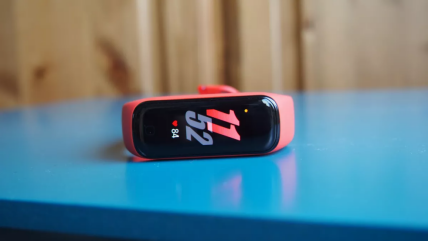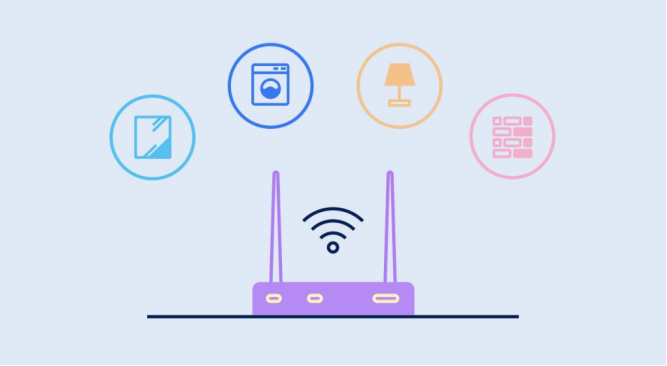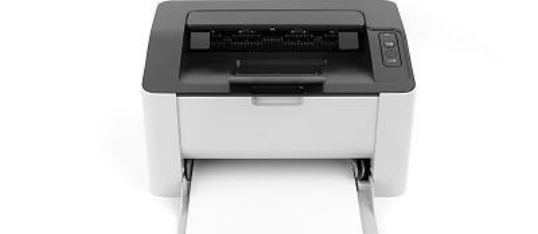Can You Use Any Charger for Your iPhone?
Charging your iPhone seems like a simple task, but the choice of charger can significantly impact your device's performance, safety, and longevity. Many people assume that any charger with a compatible plug will work just fine, but this isn’t always the case. Using the wrong charger can lead to slower charging speeds, overheating, or even long-term damage to your iPhone’s battery. With so many options available, from USB-C adapters to wireless pads, it’s essential to understand what makes a iphone charger suitable for your iPhone. In this article, we’ll explore the differences between chargers, debunk common myths, and provide practical advice to help you make the best choice for your device.
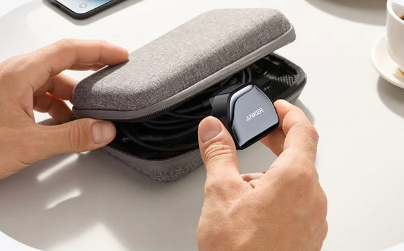
Common Misconceptions About iPhone Chargers
One of the most widespread misconceptions is that all chargers are created equal. While it’s true that many chargers can physically connect to an iPhone, not all of them are designed to meet Apple’s standards. For example, using a cheap, uncertified charger might save you a few dollars upfront, but it could cost you more in the long run by damaging your battery or even posing a safety risk. Another common myth is that wireless charging is inherently slower than wired charging. While this can be true for some low-quality wireless chargers, modern options like MagSafe offer speeds comparable to traditional wired methods. Understanding these misconceptions is the first step toward making informed decisions about your iPhone’s charging needs.
Charging Speed: How Different Chargers Affect Performance
Fast Charging with USB-C and Lightning Cables
When it comes to charging speed, not all chargers are created equal. For instance, an Anker USB-C charger paired with a Lightning cable can charge an iPhone from 0% to 50% in just 30 minutes. This is particularly useful for busy professionals who need a quick power boost between meetings or while commuting. However, to achieve these speeds, you’ll need a charger and cable that support fast charging protocols. Using a low-power adapter or an outdated cable will negate these benefits, leaving you with slower charging times.
Limitations of Using Older or Low-Power Chargers
While older chargers might still physically fit your iPhone, they often lack the power output needed for efficient charging. For example, a standard 5W USB 2.0 charger, which was commonly bundled with older iPhones, can take up to three hours to fully charge a modern iPhone. In contrast, a 20W USB-C charger can do the same job in about an hour and a half. This difference becomes even more noticeable when you’re in a hurry or need to charge multiple devices simultaneously. Additionally, low-power chargers can struggle to maintain consistent performance, especially if you’re using your phone while it’s charging. This can lead to longer charging times and increased wear on your battery.
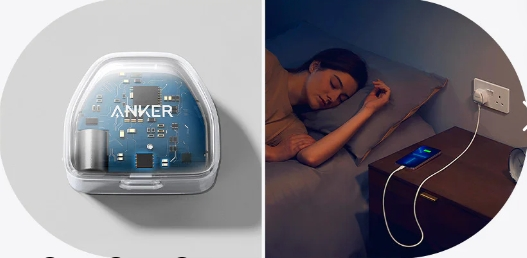
Safety and Battery Health: Why Not All Chargers Are Safe
Overheating and Battery Degradation Risks
Using the wrong charger can pose serious risks to your iPhone’s battery health. Cheap, uncertified chargers often lack the necessary safety features to regulate voltage and current, which can lead to overheating. Over time, this heat can degrade your battery, reducing its capacity and lifespan. For example, if you frequently use a low-quality charger that causes your phone to overheat, you might notice that your battery drains faster or that your phone shuts down unexpectedly. In extreme cases, overheating can even cause physical damage to your device or create a fire hazard. To avoid these risks, it’s crucial to use chargers that are designed to meet Apple’s safety standards.
Certified vs. Uncertified Chargers
One of the easiest ways to ensure your charger is safe is to look for MFi (Made for iPhone) certification. MFi-certified chargers, like those from Anker, have been rigorously tested to meet Apple’s standards for performance and safety. These chargers include built-in safeguards to prevent overheating, overcharging, and short circuits. On the other hand, uncertified chargers often cut corners to reduce costs, sacrificing safety in the process. While they might be cheaper upfront, the potential risks to your device and personal safety far outweigh the savings. Investing in a certified charger is a small price to pay for peace of mind and long-term device health.
Compatibility: Which Chargers Work Best with iPhones?
MFi-Certified Chargers and Their Benefits
MFi-certified chargers are specifically designed to work seamlessly with iPhones, ensuring optimal performance and safety. These chargers are equipped with chips that communicate with your iPhone to deliver the right amount of power without overloading the battery. For example, an Anker MFi-certified charger will automatically adjust its output based on your device’s needs, whether you’re charging an older iPhone or the latest model. This compatibility extends to cables as well; using an MFi-certified Lightning cable ensures that your iPhone charges efficiently and safely. By sticking with certified products, you can avoid common issues like slow charging, connection errors, or damage to your device.
Wireless Charging and MagSafe Options
Wireless charging has become increasingly popular, offering a convenient and cable-free way to power up your iPhone. MagSafe chargers, in particular, have revolutionized wireless charging by using magnets to align the charger perfectly with your device. This not only improves charging efficiency but also allows you to use your phone while it’s charging. For instance, you can easily prop up your iPhone on a MagSafe stand to watch videos or make video calls without worrying about tangled cables. However, not all wireless chargers are created equal. To get the most out of wireless charging, it’s important to choose a high-quality option that supports the latest standards and is compatible with your iPhone model.
Practical Advice: How to Choose the Best Charger for Your iPhone
When choosing a charger for your iPhone, consider speed, safety, and portability. The Anker Nano Charger (20W) is a compact and efficient USB-C option, perfect for on-the-go use. It supports fast charging, delivering up to 20W of power to charge your iPhone from 0% to 50% in just 30 minutes. Its compatibility extends to devices like the iPad Pro and Samsung Galaxy, making it a versatile choice. Safety is also a priority, thanks to its ActiveShield™ technology, which monitors temperature and adjusts power output to prevent overheating. With its small size, fast performance, and reliable safety features, the Anker Nano Charger is an excellent choice for keeping your iPhone and other devices powered up efficiently.
Conclusion
Choosing the right charger for your iPhone is about more than just convenience; it’s about ensuring the safety, performance, and longevity of your device. While it might be tempting to use any charger that fits, doing so can lead to slower charging speeds, overheating, and even permanent damage to your battery. By understanding the differences between chargers and opting for certified, high-quality options like those from Anker, you can protect your investment and enjoy a better charging experience. Whether you prefer the speed of USB-C, the convenience of wireless charging, or the innovation of MagSafe, there’s a charger out there that’s perfect for your needs.



